A review explains that species extinct in the wild may recover after reintroduction if ex situ populations maintain genetic diversity.
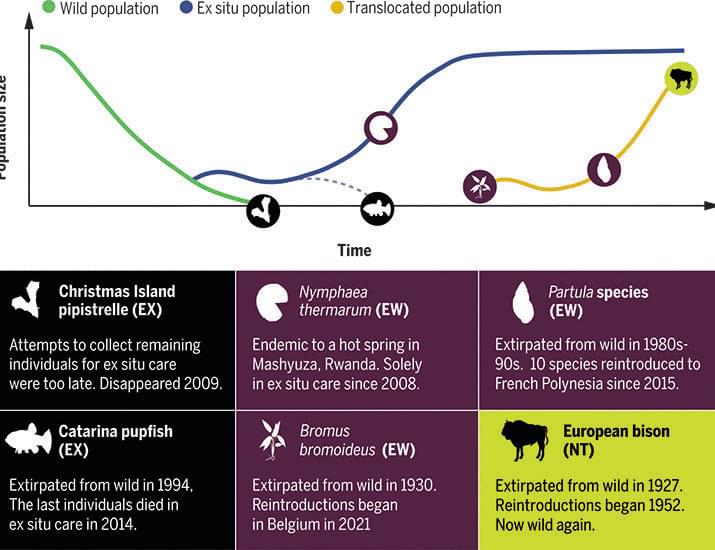

A study published in Cell Stem Cell this month concluded that they can. Using brain organoids made from human cells, a team led by Dr. Han-Chiao Isaac Chen at the University of Pennsylvania transplanted the mini-brains into adult rats with substantial damage to their visual cortex—the area that supports vision.
In just three months, the mini-brains merged with the rats’ brains. When the team shone flashing lights for the animals, the organoids spiked with electrical activity. In other words, the human mini-brain received signals from the rats’ eyes.
It’s not just random noise. Similar to our visual cortex, some of the mini-brain’s neurons gradually developed a preference for light shone at a particular orientation. Imagine looking at a black and white windmill blow toy as your eyes adjust to the different moving stripes. It sounds simple, but the ability of your eyes to adjust—dubbed “orientation selection”—is a sophisticated level of visual processing that’s critical to how we perceive the world.
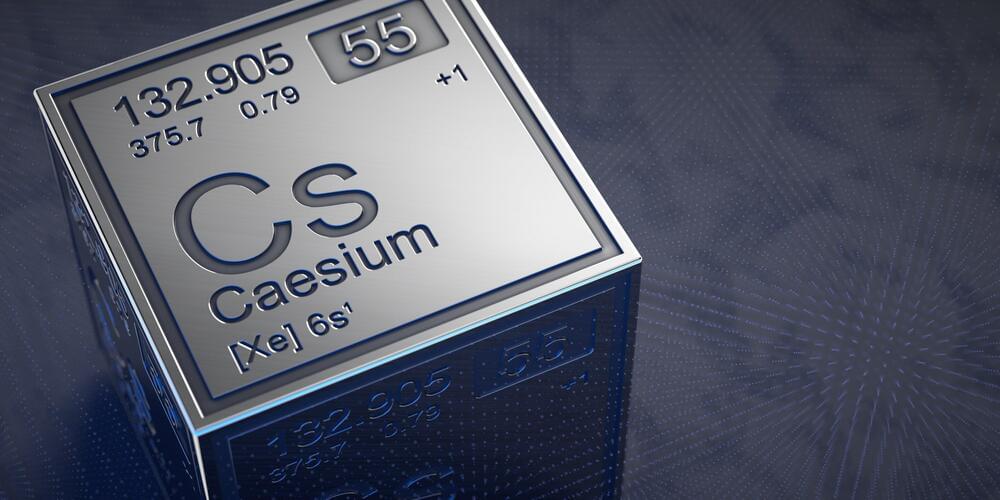
An unusual form of cesium atom is helping a University of Queensland-led research team unmask unknown particles that make up the universe.
Dr. Jacinda Ginges, from UQ’s School of Mathematics and Physics, said the unusual atom—made up of an ordinary cesium atom and an elementary particle called a muon—may prove essential in better understanding the universe’s fundamental building blocks.
“Our universe is still such a mystery to us,” Dr. Ginges said.

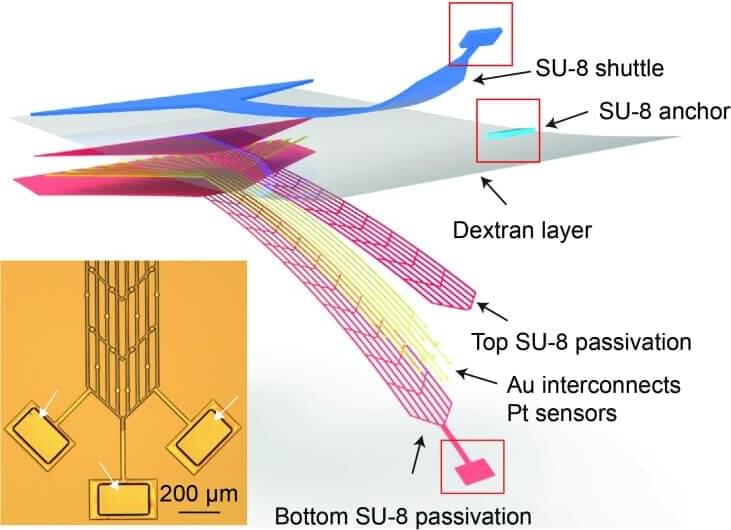
When a person experiences a happy or sad mood, which brain cells are active?
To answer that question, scientists need to understand how individual brain cells contribute to a larger network of brain activity and what role each cell plays in shaping behavior and overall health. Until now, it’s been difficult to get a clear view of how brain cells in living animals behave over extended periods of time.
But Jia Liu’s group at the Harvard John A. Paulson School of Engineering and Applied Sciences (SEAS) has developed an electronic implant that collected detailed information about brain activity from a single cell of interest for more than a year. Their findings, based on research in mice, are reported in Nature Neuroscience.
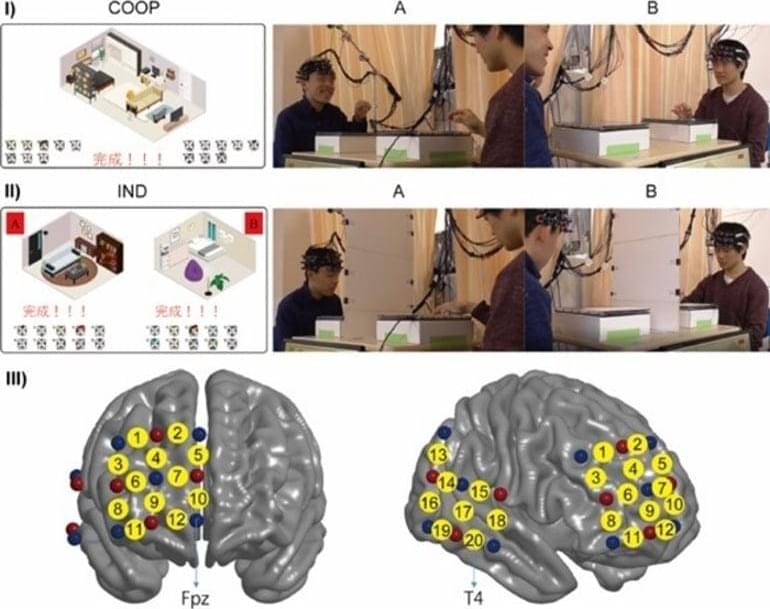

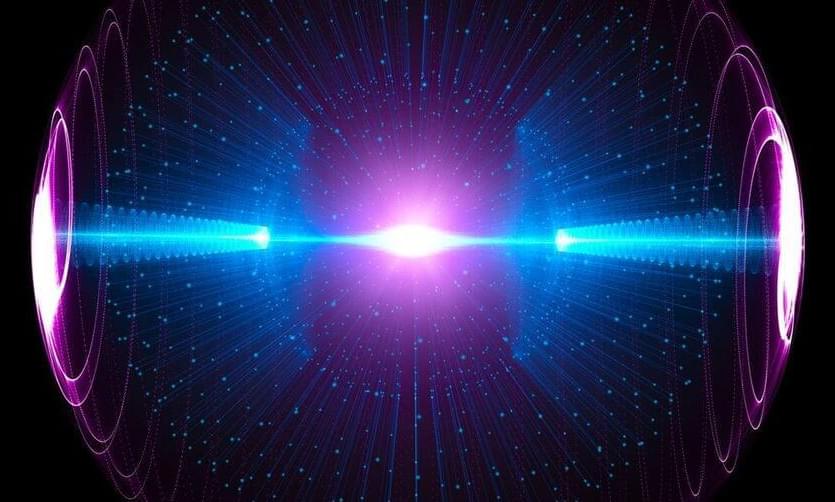
Now, THIS is useful AI — controlling Nuclear Fusion reactions.
#AI #Deepmind #GTC23
In this Video I discuss Recent AI Breakthroughs in Science — in Physics, Astrophysics… and Math!
This video is sponsored by NVIDIA.
GIVEAWAY
Please follow these steps to win NVIDIA GeForce RTX 4,080 GPU (worth 1400$):
Step-1: Please register for NVIDIA GTC using this link: https://www.nvidia.com/gtc/?ncid=ref-inpa-194623
To qualify, registrants need to have a permanent home address in Europe, Middle East, or Africa.
Step-2: Wait for the GTC to start and join the Keynote livestream.
Step-3: Attend GTC sessions. Prizes will be awarded only to those who register for GTC using the link above and attend at least one session (keynote excluded). This giveaway is exclusive to my community — one winner will be selected from my subscribers. Good luck!
Some of GTC Sessions which I will attend: